The bigleaf maple (Acer macrophyllum), also known as the Oregon maple, is a deciduous, long-lived tree native to the Pacific Northwest. True to its name, it dangles unusually large, 5-lobed, palmate (palm-shaped) leaves from its branches. These goliath photosynthesizers measure up to 30 cm (12 in) wide and almost as long, a singular feature that distinguishes the bigleaf maple from others in the soapberry family, Sapindaceae (though some still place it in Aceraceae). Its leaves and branches grow in an opposite formation, and spread into a domed canopy at maturity. The young bark is smooth and grayish-brown, eventually becoming red-brown and deeply fissured with age. Description from Bigleaf Maple (U.S. National Park Service) (nps.gov)
Home > Plant Guide >
Scientific Name
Family
Garden Type
Wildlife
Native Plant Region
Light needs
Water Needs
Plant Type
Bloom Color(s)
Height
Width
Months in Bloom
Safe Beneath Power Lines?
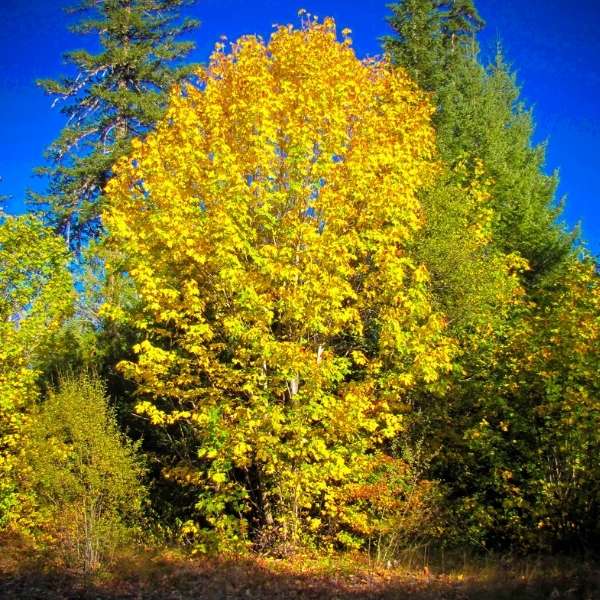
We’d like to maintain accurate and robust plant listings. If you see information that is not correct or that could be added to improve the listing, please let us know. Or if you’d like to suggest a plant to add to our plant guide, you can use this form do so. Thank you!
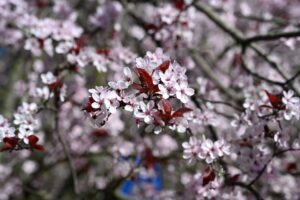
Gardeners can check out seeds for free from the library to plant. Then after harvest, gardeners bring seeds back to the library for others to enjoy in future growing seasons.
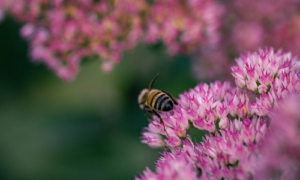
This workshop will guide you through the process and materials needed to help you decide if Mason Bees are right for you and your garden, whether you have a small deck or an open garden.

Start a garden in a planting strip along the street. Explore our interactive corridor map, find what to grow, and start nurturing today.
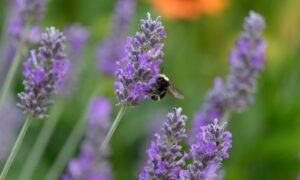
Check out our list of local wildlife-supporting plant stores and nurseries, organizations, and community science opportunities.

Get involved by sharing and mapping the birds, animals and nature around you to help the community understand the biodiversity in our neighborhood.
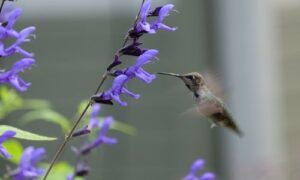
Protecting the trees and other vegetation that what we currently have is perhaps the most important way to ensure biodiversity in cities.
Nature of Your Neighborhood is a collaboration between Birds Connect Seattle, the Capitol Hill EcoDistrict, and the Seattle Bird Conservation Partnership. Our goal is to foster relationships between the people and the nature of their neighborhoods.